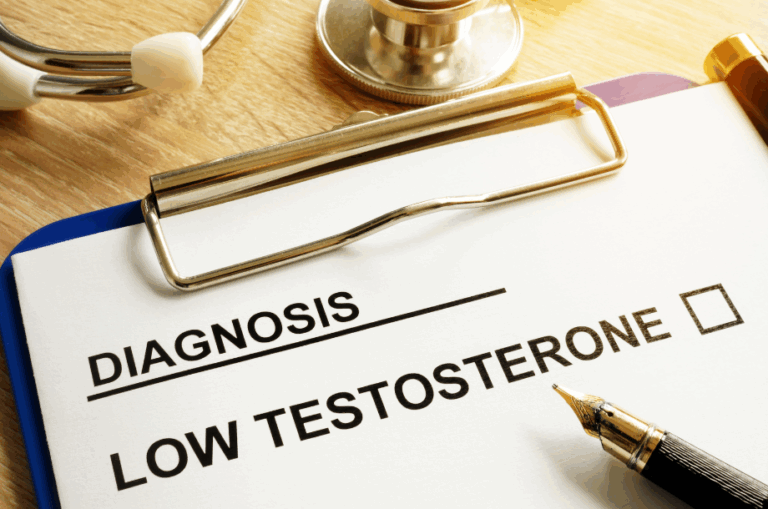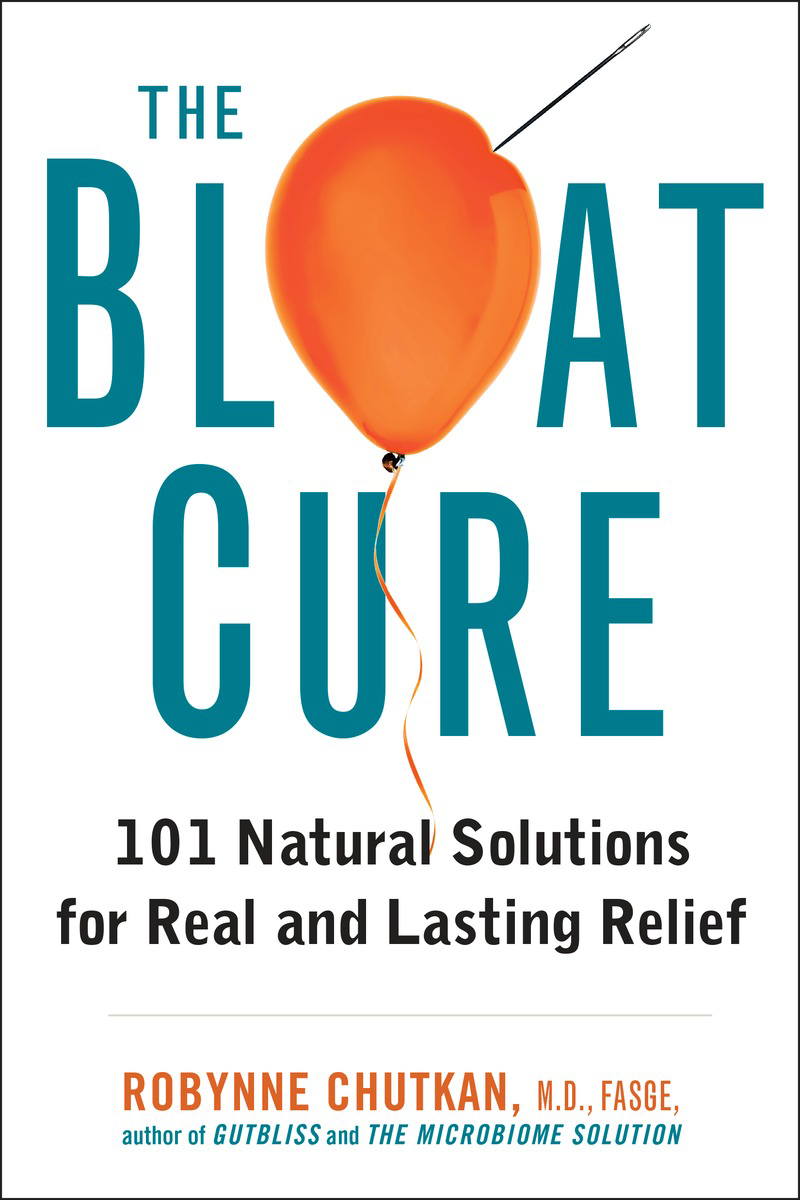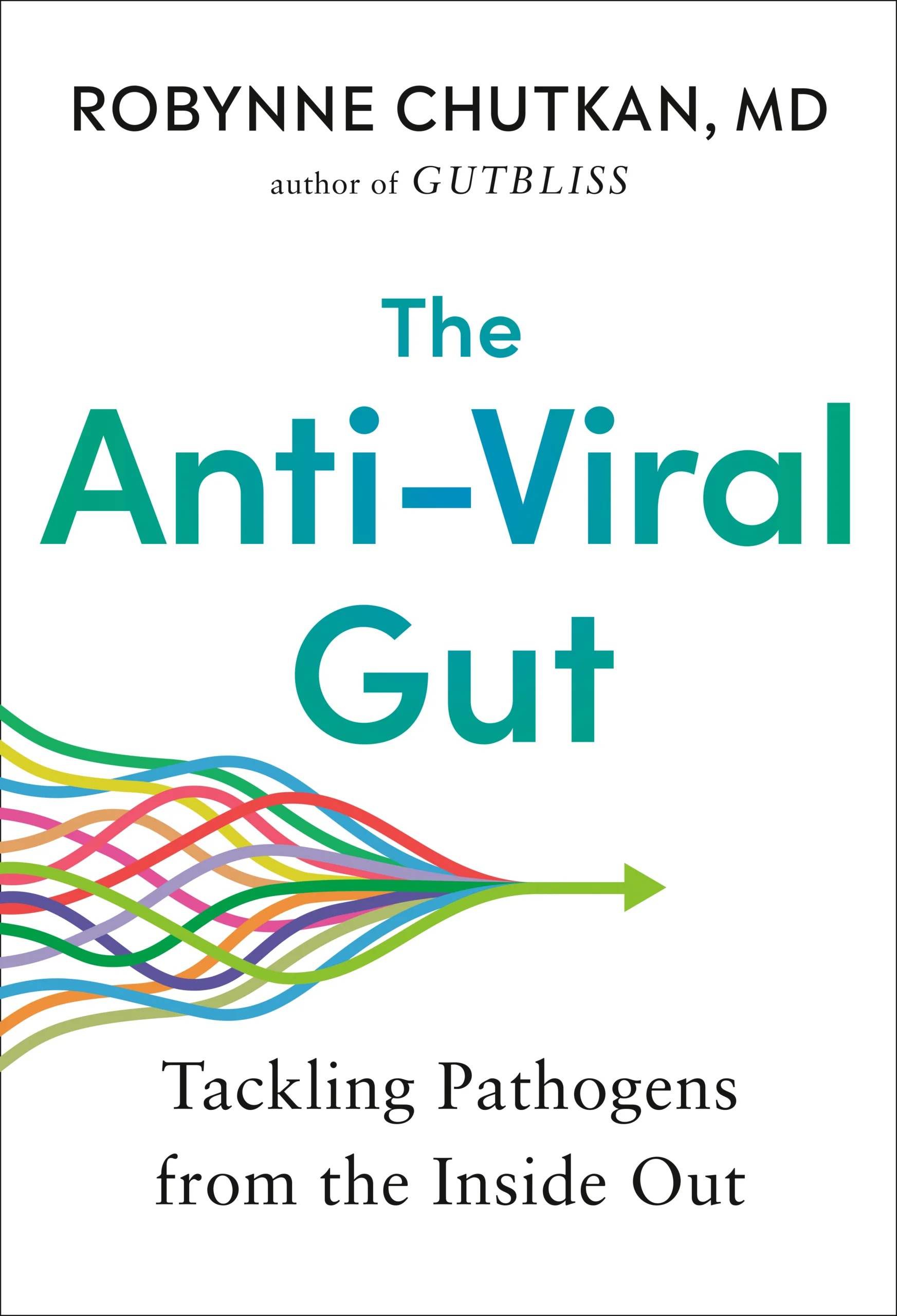While regular exercise has long been accepted as a preventative measure for just about every disease and condition out there, including premature death, studies are finding that exercise may play a therapeutic role in combating some of today’s most threatening diseases, including cancer. It may seem counterintuitive for sick, cancer patients on potent drugs, already exhausted from treatment, to fatigue their bodies even more in daily intensive exercise sessions. But researchers are finding that these sessions are saving patients’ lives.
As presented in an article that appeared in The Scientist in April, exercise fights cancer in many different ways. During exercise, muscles release myokines that decrease cancer proliferation, dampening tumor growth and metastasis. Stress hormones, epinephrine and norepinephrine, are also increased, which act directly on cancerous tumors and release immune cells into the bloodstream. Epinephrine triggers the release of natural killer (NK) cells into the bloodstream, and both hormones are linked to hindering tumor cell growth. Lastly, Interluken-6 (or IL-6), a cytokine produced in the skeletal muscle in response to exercise, guides natural killer cells to attack tumors.
The scientific literature supports the idea that all of these mechanisms play into exercise’s cancer fighting capabilities. And patients are seeing the benefits, from improved physical, mental, and social health, to delaying disease progression, to even improving survival rates. Researchers say that exercise in cancer patients is not only feasible, but it’s safe and encouraged.
Whether or not you have cancer, exercise is an important part of disease prevention and treatment, no matter your demographic. If you suffer from a serious condition and are wondering if adding an exercise routine to your treatment plan is right for you, speak to your healthcare practitioner. Right now, most of us are searching for ways to improve our immunity and protect ourselves from disease, especially COVID. To learn more about exercising alongside coronavirus infection and social distancing, check out our article Physical Activity During The COVID-19 Era.








